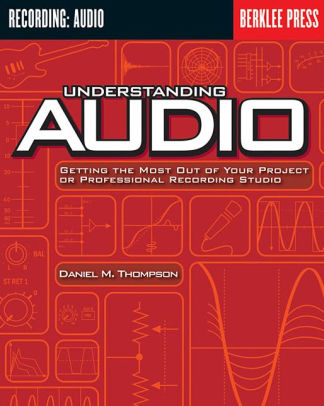Loudspeaker Handbook John Eargle Pdf Reader

The prospect of writing a book on loudspeakers is a daunting one, since only a multivolume encyclopedia could truly do justice to the subject. Authors writing about this subject have generally concentrated on their own areas of expertise, often covering their own specific topics in great detail. This book is no exception; the author's background is largely in professional loudspeaker application and specification, and the emphasis in this book is on basic component design, operation, measurement, and system concepts. The book falls largely into two sections; the first (Chapters 1-9) emphasizing the building blocks of the art and the second (Chapters 10-16) emphasizing applications, measurements, and modeling. While a thorough understanding of the book requires a basic knowledge of complex algebra, much of it is understandable through referring to the graphics. Every attempt has been made to keep graphics clear and intuitive.

Chapter 1 deals with the basic electro-mechano-acoustical chain between input to the loudspeaker and its useful output, with emphasis on the governing equations and equivalent circuits. Chapter 2 is a survey of cone and dome drivers, the stock-in-trade of the industry. They are discussed in terms of type, design, performance, and perfor mance limits. Chapter 3 deals with magnetics. Once a source of difficulty in loudspeaker design, magnetics today yields easily to modeling techniques. Chapter 4 discusses low-frequency (LF) system performance, primarily from the viewpoint of Thiele-Small parameters.
We also discuss some of the multi chamber LF systems that became popular during the eighties.
The second edition of Loudspeaker Handbook follows the same general outlines as the highly successful first. Planar Loudspeakers, and Arrays. Eargle, John. Loudspeaker Handbook John Eargle Pdf Viewer. 5/19/2017 0 Comments Symbol on the lower left of your PDF Viewer. John.6 Microphone manufacturer links.
The second edition of Loudspeaker Handbook follows the same general outlines as the highly successful first edition and has been augmented and updated in many areas of technology. Most notable are the developments in large-scale, programmable line arrays, distributed mode loudspeakers, and ultrasonic-based audio transduction. Additionally, the core chapters on low frequency systems, system concepts, and horn systems have been expanded to include both more analytical material and a richer array of examples.
Much of the success of the first edition has been due to its accessibility both to loudspeaker engineers and to lay technicians working in the field - a point of view the author maintains in the present work. Carl Schmitt Die Diktatur Pdf File there. A full understanding of the underlying technology requires a fairly rigorous engineering background through the second year of professional study.
At the same time, the generous use of graphs, with their intuitive thrust, will be useful to all readers. Loudspeaker Handbook, Second Edition continues to be appropriate for use in courses at the undergraduate senior level, for graduate students, and for professionals in audio and acoustical engineering.